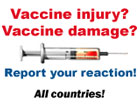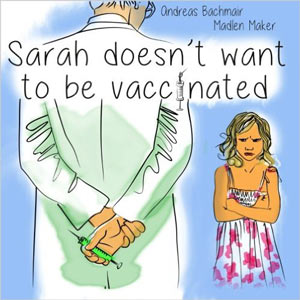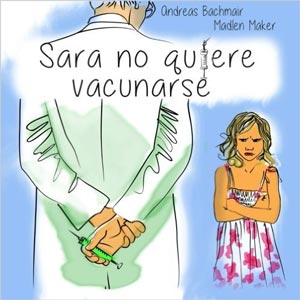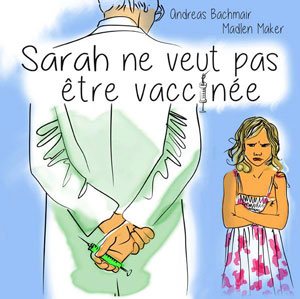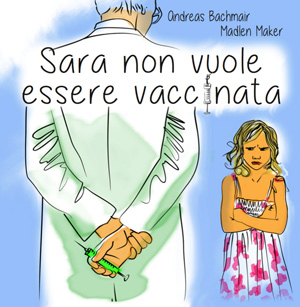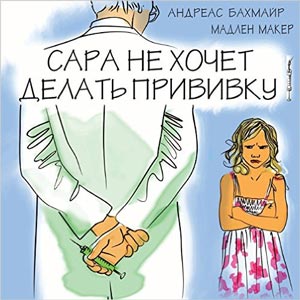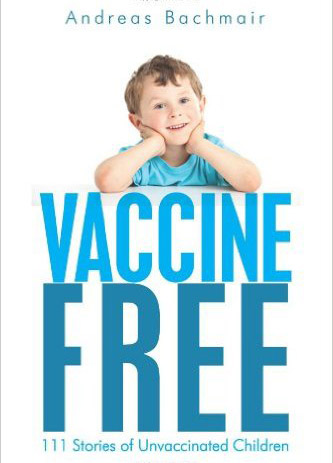Tetanus
Pathogen
The pathogen ist the bacterium clostridium tetan which emits a highly toxic substance. The pathogen is found in horses and cow dung, garden mould and rusty objects. The tetanus bacterium is virtually non-existent in outside dust (used to be much more wide-spread due to the horse-drawn carriages). Tetanus bacteria can only multiply under anaerobic conditions, i.e. if they are not subjected to oxygen. Open wounds are generally not dangerous, but caution is advised if the wound is deep.
70% of the people who have come down with the disease suffered injuries, 20% had chronic skin infections and 10% are not aware of what caused the infection.(Richtlinien zur Bekämfung übertragbarer Krankheiten, BAG, Abteilung Epidemiologie und Infektionskrankheiten, Ausgabe 2000) This means that in 10 % of the cases tetanus occurs when the skin is intact!
In third world countries up to 10% of all new borns die of a umbilical cord infection (Impfen: Routine oder Individualisation Eine Standortbestimmung aus hausärztlicher Sicht, 2. Auflage 2000, Arbeitsgruppe für differnenzierte Impfungen, S. 16)
Clinical picture
After an incubation period of 4 to 14 days there is an increasing number of spasms and convulsions, initially in the area of the tongue and trismus, risus sardonicus, later the neck and the back and stomach muscles which can be triggered by external stimuli such as light, noise or touch. The spasm can severely inhibit breathing or even make it impossible to breathe.
Therapy
Mainstream medicine:
Wound excision, administration of live tetanus – immunoglobulin or antitoxin and penicillin for 10 to 14 days. Furthermore, symptomatic treatment of initial manifestations.
Complications
Tetanus has become treatable but, according to age, the mortality rate is between 2.3 (20-year olds)-18% (over 60 years of age (Epidemiologisches Bulletin 1999, 19). Most patients used to die or had to spend their life in the “iron lung”.
Immunity
Surviving tetanus does not entail immunity!


